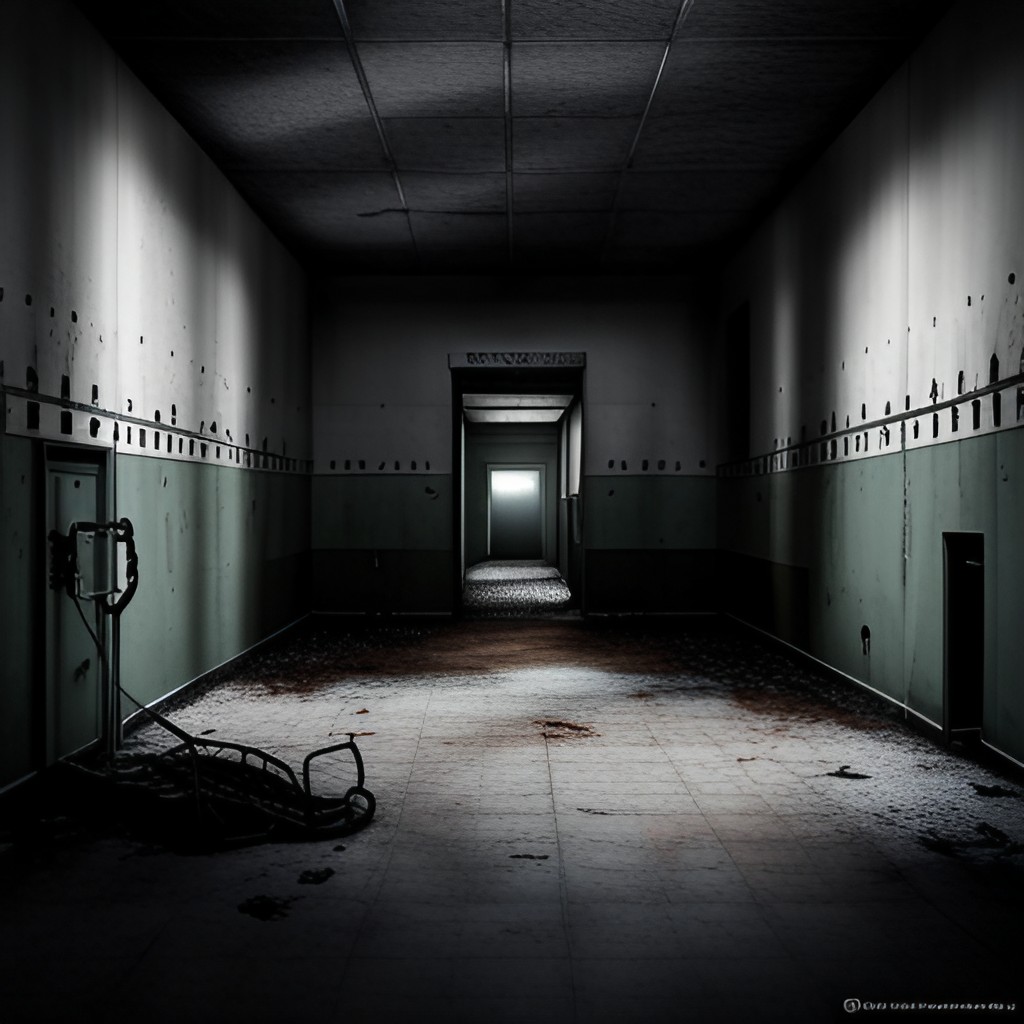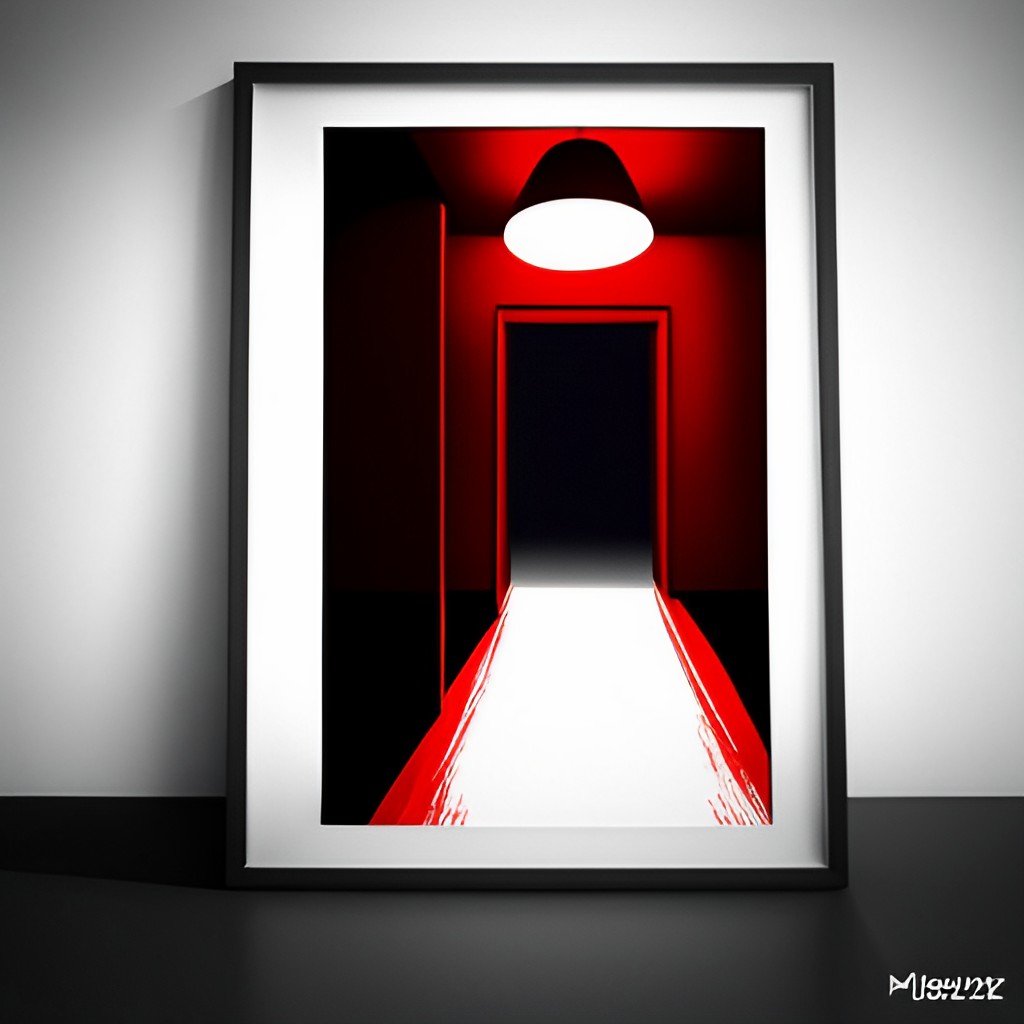Behind The Scenes: How Escape Rooms Are Designed and Created
You’ve felt the adrenaline surge as time ticks down, the thrill of solving a complex puzzle, and the collective elation as the door creaks open to freedom. But have you ever wondered what goes on behind the curtain of an escape room? If you like to solve puzzles and adventure games, then you might be curious about the process of designing and creating an escape room. In this article, we’ll dive into the detailed process of escape room creation, a journey of design and the different themes, storytelling, and the strategic interlocking of puzzles.
The Allure of Escape Rooms
Escape rooms have captured the hearts and minds of adventure seekers globally. They offer a unique form of immersive entertainment, blending elements of theater, gaming, and teamwork. Participants are placed within a themed room and tasked with solving a series of puzzles to ‘escape’ within a set time limit. The reward? A sense of accomplishment and, quite often, a rich and memorable adventure. With the industry booming, we peel back the layers to reveal how these interactive masterpieces are crafted.
Concept and Theme Development
Conceptual Brainstorming
Designing an escape room begins with a spark. This often comes from a flash of inspiration or a strategic decision based on market trends and player demographics. Brainstorming sessions are crucial, where designers and creatives throw ideas into the pot, seeking the one that not only excites but also provides potential for complexity and range. Ideas are honed to ensure they are rich enough to fill a room with story, yet flexible enough for various puzzles to emerge.
The All-Important Theme
Themes set the stage for the escape room experience. They need to be more than just window dressing; they are the first impression that tells a story. A theme must not only be exciting but also translatable into a set of puzzles that feel integral to the environment. Whether it’s a heist at a museum, a space station in crisis, or a murder mystery in a Victorian parlor, the theme is the backbone of the room’s design.
Puzzle Design
Balancing Act of Difficulty
Puzzle design is an art of balance. Each puzzle should pose a challenge but remain solvable within the time limit—players must feel tested but not demoralized. Puzzles come in various forms, like a jigsaw puzzle, or logic puzzle with riddles, or even physical challenges that require manual dexterity. Brainstorming here is rigorous, aiming for a mixture of straightforward clues and those that require lateral thinking. The key to a great puzzle is its ability to seamlessly blend into the environment and narrative.
The Interactive Experience
Escape room puzzles are not meant to be solved in isolation. They often require the collaboration of the group, creating a sense of togetherness and shared success. Designers need to consider the puzzle designs to ensure they’re not only interactive but fair. Clues must be carefully integrated, allowing for a logical path to the solution.
Room Layout and Set Design
Spatial Strategy
The flow of the game is dictated by the spatial layout of the room. When players enter, they must immediately feel the dimensions of the task—this is where initial decisions, be they to move forward, look up, or explore, are made. Space must be optimized for both challenge and player comfort. Corners and nooks become potential puzzle locations, but overcrowded areas risk frustration.
Immersive Illusions
Set design is where the escape room truly comes alive. Every item in the room must fit the theme and can serve as both a puzzle and a clue. From hidden compartments to lights rigged to reveal messages, every detail is a potential narrative device. The more immersive the environment, the more the players will be transported into the story. Realism and function must dance hand in hand for the ultimate effect.
Storytelling and Narrative
Crafting the Arc
A room without a story is just a series of puzzles. Narrative design starts with a strong concept and expands into an arc that will guide players through their experience. A hook at the beginning must quickly engage, and plot twists and reveals must be timed to invigorate players’ progress. The story must make sense of the challenges, ensuring they feel like a natural extension of the experience.
Puzzles as Plot Points
The puzzles are more than mere obstacles; they are plot points in the narrative. They should progress the story, providing crucial information or building to a climax. When a puzzle illuminates a new aspect of the story, it provides a satisfying reward, connecting the gameplay to the narrative in a meaningful way.
Technology and Gadgets
Modern Escapades
Technology has revolutionized the escape room industry, adding layers of interactivity that would have been impossible decades ago. From electronic lock systems that respond to correct codes to sensors that trigger events, technology can both increase the complexity of puzzles and create awe-inspiring moments of surprise.
Integrating for Impact
The challenge with technology is ensuring it feels seamless within the themed environment. There should be no jarring breaks between the tactile and digital parts of the game. When a screen lights up with a clue, it should feel as much a part of the world as a dusty ancient manuscript or a ticking bomb.
Testing and Iteration
The Playtest Crucible
The most crucial step in escape room design is testing. Playtest groups provide invaluable feedback about what works and what doesn’t. Watchful eyes and cameras record the gameplay, noting not just if puzzles are solved but how. What brings excitement, what causes confusion, and what needs refinement are answered in these sessions.
Refining the Experience
Data from playtests drives the refinement process. Puzzle placements may be altered, clues reworded, or the timing of reveals adjusted. The goal is to create a room that provides a consistent, challenging, and enjoyable experience. Each playtest brings the room closer to its final form, honing it through iteration.
Have Your First Escape Room Experience at The Basement
Whether you’re hosting a birthday party, bachelorette party, or team building event, The Basement offers a fully immersive and thrilling escape room experience. Our rooms are designed with the perfect balance of difficulty and excitement, featuring interactive puzzles and captivating storylines that will keep you on your toes until the very end. Come test your skills and see if you have what it takes to escape one of our expertly crafted rooms! Book now at The Basement in Los Angeles, Las Vegas, or Kansas City.
Frequently Asked Questions
Is creating your own escape room difficult?
Creating your own escape room can indeed be a complex endeavor. It requires meticulous planning, creative puzzle design, and an understanding of the flow of escape games. Success hinges not only on the ingenuity of the themes and puzzles but also in making the story immersive and engaging. While it is a labor-intensive process to design and refine your own escape game, the outcome can be immensely rewarding. It’s a synthesis of art, logic, storytelling, and technology that results in a unique and personalized entertainment experience. For enthusiasts of escape rooms, building their own escape room is a challenging yet satisfying project that tests their skills and creativity to the fullest.
You can also apply experiences from past escape rooms you build to future projects, making the process more streamlined and enjoyable. Plus, seeing groups of players enjoy and solve your puzzles adds a special sense of accomplishment.
Can escape room designers also play in their own rooms?
While it is not impossible for escape room designers to also be players in their own rooms, it is highly discouraged. Designers have insider knowledge about the puzzles and solutions, which can inadvertently affect their gameplay experience and potentially spoil the fun for themselves and others. It is best for designers to leave the room to be experienced by new players who can fully immerse themselves in the game without any prior knowledge of the puzzles.
How do escape room designers come up with ideas?
Escape room designers draw inspiration from a variety of sources, such as movies, books, TV shows, and real-life experiences. They also research popular escape room themes and trends to ensure their ideas are fresh and unique. Sometimes, designers may even incorporate elements from their personal lives or interests into the room’s concept. Brainstorming sessions with other designers can also spark new ideas and push the boundaries of what is possible in an escape game. Ultimately, it’s the combination of creativity, storytelling, and problem-solving skills that leads to a successful escape room design. So if you’re thinking of designing your own escape room, let your imagination run wild and have fun with it!
What is the time frame to build an escape room?
The time frame to build an escape room can vary significantly depending on the complexity of the design, the number of puzzles, and the level of technology involved. Generally, the creation of one room could span anywhere from a couple of months to over a year, factoring in conceptualization, construction, and testing. It is crucial to understand the target audience’s preferences and the local market demands, as these insights will influence the theme and design choices, which ultimately affects the timeline. Frequent revisions and adjustments based on playtest feedback also contribute to the duration of the room’s development.
What is the target audience for escape rooms?
Escape rooms attract a diverse target audience, transcending age groups and interests. They are particularly appealing to those who enjoy interactive entertainment, puzzles, and team-building activities. Enthusiasts range from friend groups seeking a social outing, coworkers engaging in corporate team-building, families looking for a unique experience, to serious puzzle solvers and gamers craving a challenge. The design of each room can cater to different difficulty levels, making it accessible for beginners yet still intriguing for experienced players. Regardless of demographic, escape rooms offer an immersive and exhilarating adventure for anyone with a love for storytelling and problem-solving.




